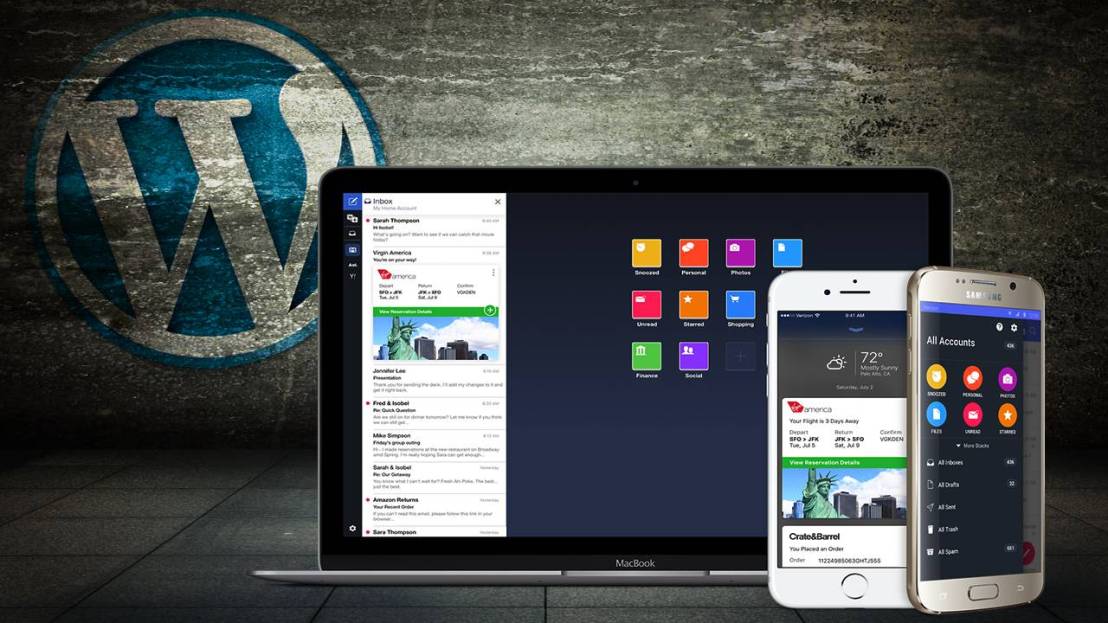WordPress is the world’s most famous online publishing platform ruling over 26% of the social media from personal blogs to major sites like CNN and Best Buy, and now it has made it possible by supporting, viewing and sharing embedded virtual reality media content on any WordPress.com site. Although sharing and viewing VR content was already available through supplementary plug-ins such as VR views and WP-VR view for quite some time now, this announcement symbolizes the first & official execution of VR content on the WordPress platform.
In consideration of the blogs that WordPress holds, it receives almost 15.5 billion page views every month, by 409 million people, which is a milestone in terms of VR content expansion.

Picture courtesy:-www.thecountrycaller.com
All blogs held by wordpress.com will be able to host VR content from 15 Dec 2016. The site is unveiling support for 360-degree photos and videos, viewable on desktop, mobile, and also through actual virtual reality headsets.
The experience of virtual reality support is different and depends on the purpose of visiting the site. On a desktop browser, people will be able to click and drag across a photo or video to change perspective which is basically what they can already do on YouTube or Facebook. But with an attached VR headset, they’ll be able to put it on and get a real experience, with the moving photo or video around in response to how they move their head.

Picture courtesy:-www.mtomconsulting.com
VIRTUAL REALITY BLOGS
On the mobile device, the experience remains somewhere amongst the two. WordPress will be enabled to tap into the phone or gyroscope of the tablet so that the photos or videos respond to moving around the device. If the phone is placed inside something like a Cardboard VR viewer, then the experience will be exactly like on a real VR headset; and even if someone is holding it in the air, it’ll still be quite natural than clicking and dragging it around.
WordPress is doing nothing here which is novel. It’s using an open-source tool, webVR, which is for letting the browsers display the VR content — but it’s an expansion for VR content which gets notable. According to WordPress the blogs, it hosts receives 409 million visitors every month, so an addition of today opens VR photos and videos for a huge audience.
